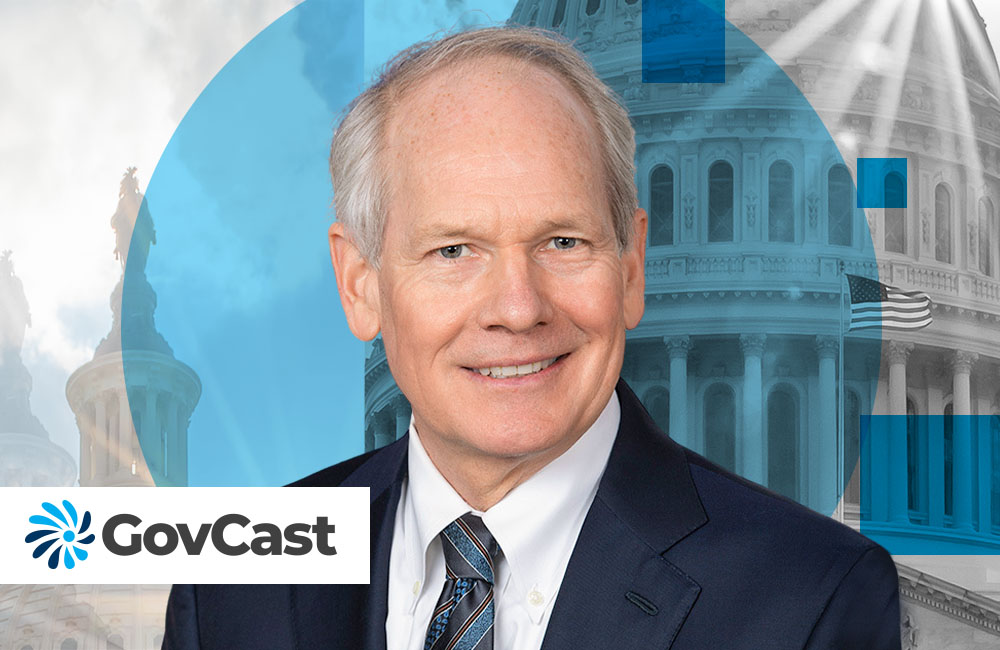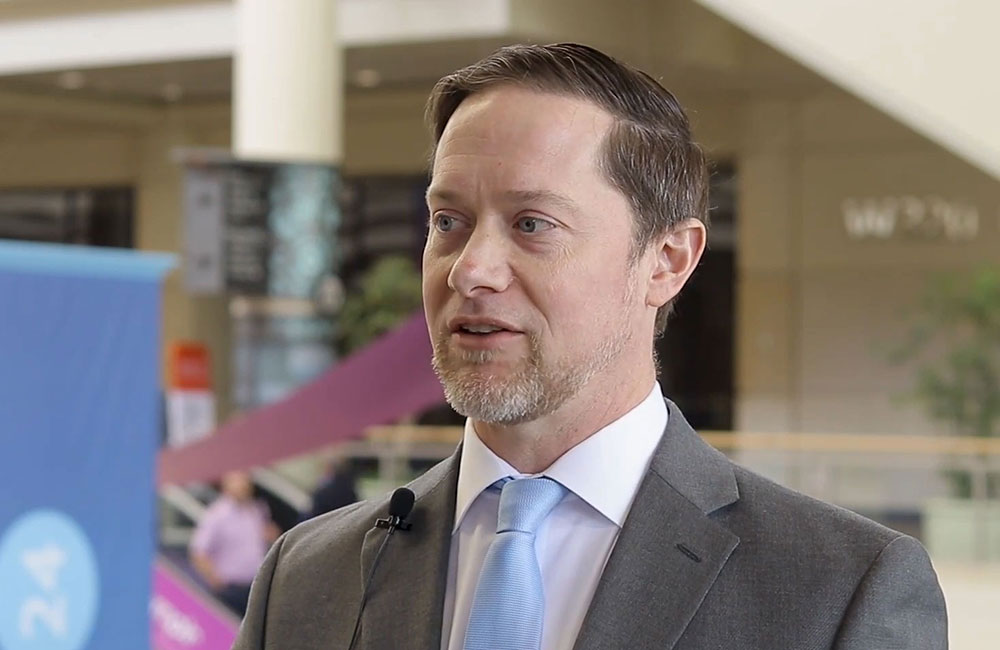Agencies Target Mental Health Issues in Older Adults
SAMHSA and other agencies are introducing communications and tech campaigns to support the mental health challenges of older people.

The federal government is taking an inter-agency and multidisciplinary approach to supporting the mental health of older Americans, especially during the COVID-19 pandemic when increased isolation has worsened symptoms.
More specifically, agencies are gathering and analyzing data on trends in mental health, providing digital tools and telehealth, training mental health providers and expanding grants.
In 2019, 16 million people over the age of 50 had a mental illness, and 4.7 million had a substance use disorder, according to the Substance Abuse and Mental Health Administration. The same year, suicide rates among those 85 and older reached a new record, with an estimated rate of 20 out of every 100,000 individuals in that age group, SAMHSA Acting Assistant Secretary for Mental Health and Substance Use Tom Coderre said during the Annual Older Adult Mental Health Awareness Day Symposium last week.
During the pandemic, these numbers have worsened, leading SAMHSA and other health agencies to increase awareness and resources around mental health and substance use issues in the country’s older population.
Ahead of and during COVID-19, SAMHSA has taken a number of steps to support older Americans’ mental health. One has been the continued circulation of SAMHSA’s Get Connected Toolkit, which offers organizations providing services to older Americans information and resources to help understand and address mental health and substance misuse in older adults.
SAMHSA has also formed guidance materials, such as the Treatment Improvement Protocol to treat substance use disorder in older individuals, and the agency is currently building a mental health system to help Americans find better treatments and services locally. The Technology Transfer Centers at SAMHSA have also provided health care workforce development in prevention, treatment and recovery support services for mental health and substance use disorder.
Other SAMHSA-sponsored efforts are training and strengthening the mental health workforce, Coderre added, including SAMHSA’s Center of Excellence in Behavorial Health Disparities in Aging and other targeted centers for veterans, rural opioid treatment and more.
SAMHSA Center for Mental Health Services Deputy Director Anne Matthews-Younes added that across these efforts, SAMHSA aims to address ageism and equity, suicide prevention among senior citizens, and promotion of mental health across the older adult population.
“I know you all heard about our new SAMHSA E4 Center, which stands for engage, educate and empower for equity, and this center is designed to advance training and workforce capacity on evidence-based practices and programs for older adults,” Matthews-Younes said.
As SAMHSA continues its work, other agencies are also collaborating to help older Americans amid rising mental health complications. The Health Resources and Services Administration is also providing resources to personnel providing mental health care.
“We’re using the age-friendly health system framework to address our two goals, which are to educate the primary care and geriatrics workforce to care for older adults, including those with mental health problems, and to partner with community-based organizations to address gaps in health care for older adults, including mental health, health disparities and health inequities,” said HRSA Division of Medicine and Dentistry Deputy Director Joan Weiss.
The Centers for Disease Control and Prevention are monitoring and evaluating trends in health and mental health of older adults to better understand their needs and caregiver needs during the pandemic.
The agency collects information through CDC’s Behavioral Risk Factor Surveillance System, said CDC National Center for Chronic Disease Prevention and Health Promotion Lead Lisa McGuire. With this data, CDC can find trends and identify population-based strategies to increase social connectedness and belonging among older adults. These strategies are critical, McGuire added, as adults are increasingly more isolated and lonely as they age.
“About a third of adults aged 45 and older feel lonely, and nearly one-fourth of adults aged 65 and older are considered to be socially isolated,” McGuire said. “We know that older adults are at an increased risk for loneliness and social isolation because they’re more likely to face factors such as living alone, loss of family or friends, chronic illness and even hearing loss.”
The CDC’s priorities in helping older adults have also taken the form of awareness campaigns for communicating serious health risks of loneliness and the “How Right Now” campaign, an initiative to address feelings of grief, loss and worry during COVID-19.
On the insurance front, the Centers for Medicare and Medicaid Services have looked to boost mental health support and access.
“[We] have made available a fairly comprehensive package of services, including depression screening during the annual wellness visit, medication coverage for those people, in particular who are enrolled in Part D, mental health care management services for both group and individual, and also family counseling services in the like,” said CMS Deputy Chief Medical Officer Sheri Ling. “We are also doing so in close coordination with our colleagues who provide coverage for Medicare beneficiaries. This includes rehabilitative services, prescription drugs, home and community-based services — all of which can really make meaningful differences in the lives for the beneficiaries.”
CMS had loosened restrictions on telemedicine, including mental health services this past year as COVID-19 pushed the country to social-distancing measures. The Department of Veterans Affairs Mental Health and Suicide Office’s National Mental Health Director Michele Karel highlighted among her priorities that she wants to continue to expand “telemental” health care to further accessibility in support of older veterans.
“The VA has a digital divide console in which social workers assist those who need obtaining internet service or technology needed to ensure that people can connect to health care,” Karel said. “We’ve been lending many internet-connected iPads to veterans to connect them to our video telehealth platform.”
This is a carousel with manually rotating slides. Use Next and Previous buttons to navigate or jump to a slide with the slide dots
-

CDC Updates Public Health Data Strategy
Accelerating data sharing through capabilities like electronic case reporting make up a large portion of the new two-year plan.
3m read -

How VA is Using Digital Services to Expand Care to Veterans
CIO Kurt DelBene says the the agency’s 2024 priorities included AI adoption, hiring and a better user experience for veterans.
30m listen -

Agencies Want to 'Demystify' Generative AI to See Greater Adoption
Managing concerns over generative AI capabilities requires sharing best practices and use cases for workflows.
2m read -

How AI, Digital Transformation in Health Care Compare Around the World
HHS and EU officials contrasted the different frameworks for emerging technology and the challenges that remain.
4m read




